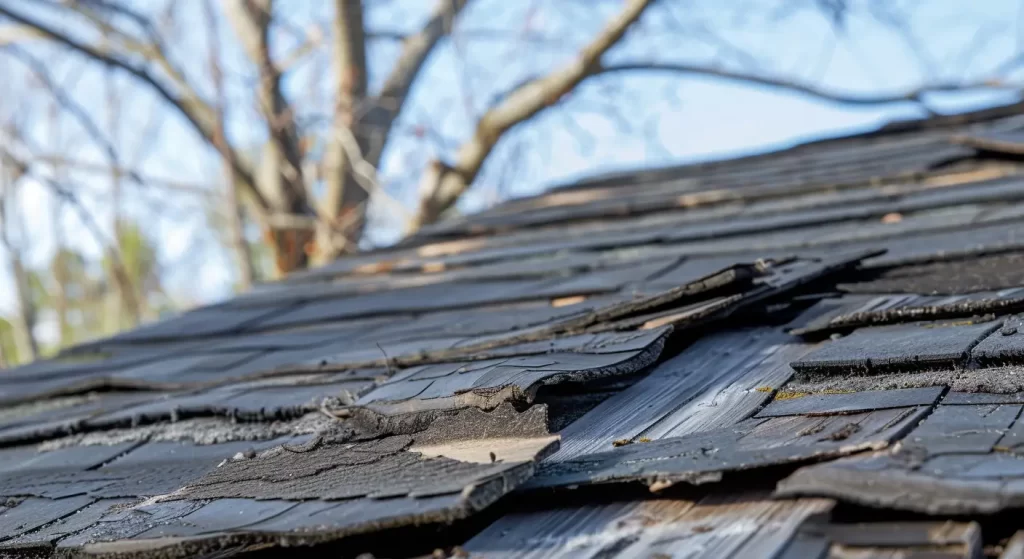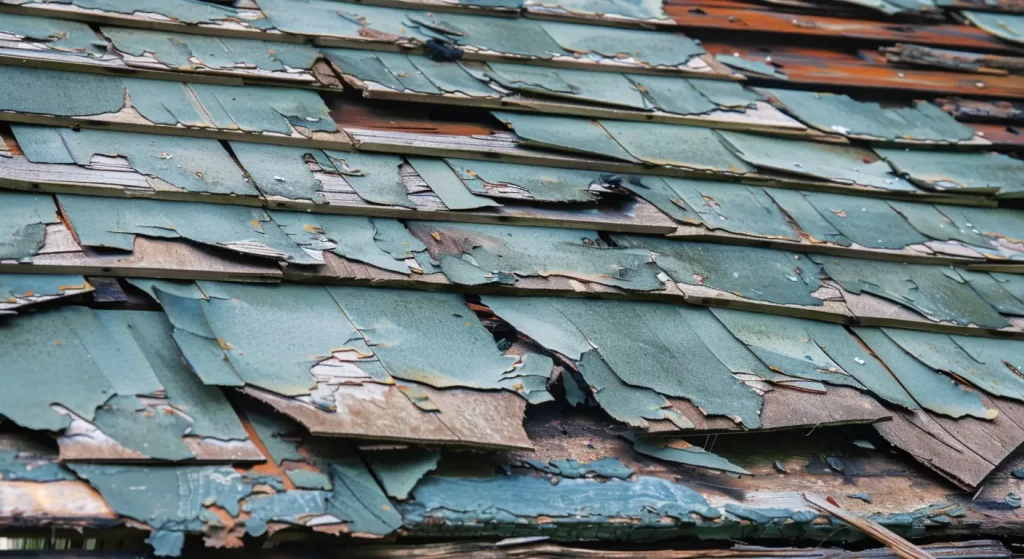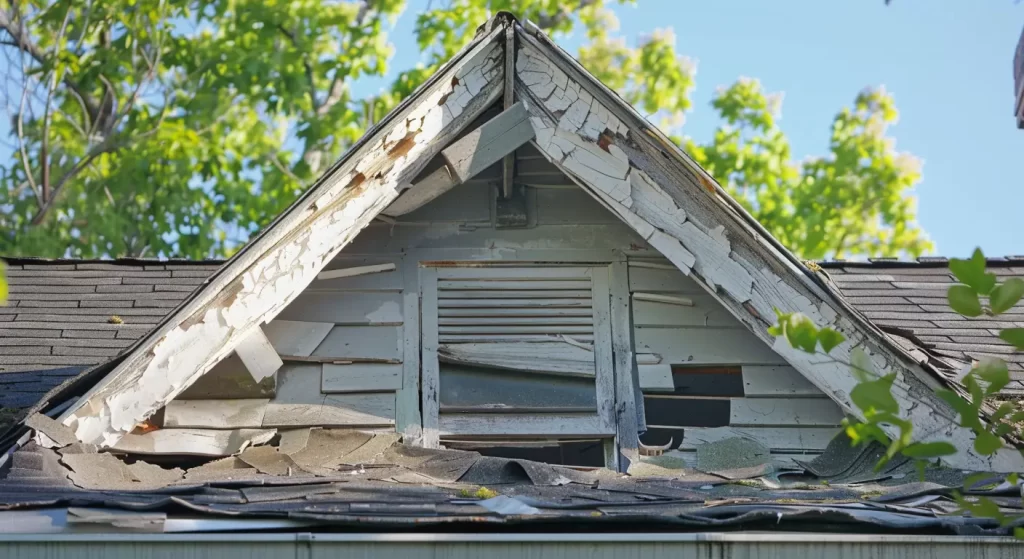Your roof is a protector above, and roof decking is its unseen yet essential foundation. A malfunctioning roof decking can jeopardize the entire roofing system, leading to water damage and other structural issues. Recognizing the warning signs of rotted decking can save you from major expenses and keep your home’s integrity intact. At Shield Roofing in San Antonio, TX, we specialize in expert roofing services to ensure your roof withstands the test of time. Let’s explore early signs and their prevention.
Understanding Roof Decking and Its Importance
The condition of your roof decking is crucial for your home’s structural integrity. It supports roofing materials and protects against the elements. Healthy decking prevents moisture infiltration, reducing mold and mildew risks for both components and occupants.
Knowing the main types of wood rot helps homeowners identify early damage signs. Regular professional inspections allow timely assessments, ensuring roofs stay sound and minimizing costly repairs. This proactive approach offers peace of mind and a durable roofing structure that withstands harsh weather.
What Is Roof Decking?
Roof decking, or sheathing, is essential for your roofing structure. Typically made from plywood or oriented strand board (OSB), it spans the rafters, providing a base for shingles and underlayment. A secure roof deck is crucial for distributing weight and supporting materials, snow, and debris over time.
Why Healthy Decking Matters for Your Home
Maintaining healthy roof decking is crucial for protecting your home, serving as the primary barrier beyond shingles. It provides stability against water and debris; compromised decking can lead to safety risks and leaks. A strong roof deck supports other roofing elements, ensuring your home’s integrity. Neglecting it can result in rotting or sagging wood. Shield Roofing is dedicated to keeping your decking in optimal condition, ensuring a sound roofing system and your peace of mind.

Early Warning Signs of Rotted Roof Decking
Catching rotted roof decking early can spare you from expensive repairs. Warning signs like sagging rooflines or unusual attic leaks indicate that your decking may be compromised.
Shield Roofing recommends homeowners in San Antonio, TX, schedule regular professional inspections to assess the condition of their decking. Addressing these issues early not only prolongs the life of your roof but also ensures your home remains in good shape.
Visible Sagging or Uneven Rooflines
A sagging roofline signals serious structural issues rather than mere cosmetic concerns. It often indicates compromised support, typically from rotting decking. Signs include visible dips or humps on the exterior, warped ceilings, uneven attic paneling, and soft areas along the rafters. These irregularities require urgent repairs to prevent collapses or costly fixes. Early detection by a professional roofer, like Shield Roofing, is vital for maintaining your home’s structural integrity.
Water Stains or Leaks in the Attic
Water stains and leaks in your attic often indicate hidden roof damage. Deteriorating roofing materials can let water seep into the roof deck, causing discoloration or drips. Watch for brown patches on ceilings, damp insulation, and dripping during rain. If you notice these signs, your roof decking may be at risk of rot due to water infiltration. Shield Roofing stresses the need for prompt repairs to minimize damage and maintain your roof’s integrity.

Physical Changes Indicating Decking Damage
Physical deformities like soft spots or warped surfaces are undeniable signs of compromised roof decking. These changes hint at structural weakness caused by persistent moisture or other issues. Neglecting these areas can lead to extensive damage, posing safety threats to your home.
With more than 25 years serving San Antonio,TX, Shield Roofing recommends homeowners stay vigilant for such signals. Addressing physical signs of damage with roof deck replacement or professional inspection can fortify the overall condition of your roof.
Soft Spots or Spongy Feel Underfoot
Soft or spongy areas on your roof may indicate decking issues, often due to moisture damage that weakens wood fibers. Inspect your roof for soft spots, bouncy sections, and texture changes. If you find any damage, address it promptly by replacing rotted areas. Shield Roofing specializes in identifying and repairing these problems to keep your roof deck sturdy. Ignoring soft spots can lead to aesthetic issues and compromise structural integrity. Regular maintenance and timely repairs can extend your roof’s lifespan and prevent costly damages. A proactive approach saves you time and money in the long run.
Mold, Mildew, and Musty Odors
Excess moisture can lead to mold and mildew, resulting in structural damage and health risks. If you notice a musty odor in your attic or home, inspect your roof. Mold signs include fuzzy black, green, or white patches on decking or rafters, persistent odors, and respiratory issues among family members. Mold weakens the decking and heightens the risk of water damage. Trust Shield Roofing to tackle mold concerns with advanced techniques and quality materials while prioritizing your family’s safety.

How Rotted Decking Affects Your Roof
Rotted decking jeopardizes your entire roofing system, from surface shingles to underlying structures. A compromised deck fails to support key roofing components, leading to widespread issues like weakened shingles and leaks.
Left unaddressed, rotted decking accelerates further damage, ultimately requiring expensive solutions. Shield Roofing ensures early detection and repairs, protecting the condition of your roof and preventing major safety hazards. A healthy deck means enduring peace of mind for San Antonio homeowners.
Impact on Shingle Performance and Lifespan
Shingles depend on stable roof decking for effectiveness and longevity. The condition of the decking directly impacts shingle performance; compromised decking increases vulnerability to harsh weather. Water damage from deck rot can cause shingles to lift or curl, disrupting water barriers and inviting leaks that threaten your roofing system’s integrity.
Additionally, weakened decking can lead to premature shingle deterioration, increasing replacement costs. It’s essential to recognize early signs of damage, as prolonged moisture exposure can create significant issues affecting both shingles and home safety.
Risk of Structural Damage and Safety Hazards
Neglected rotting decking can threaten your home’s structural integrity, as weakened wood compromises foundational sections and heightens the chances of accidents. Structural degradation carries safety risks such as loose fixtures or sagging ceilings due to deck instability, the potential for collapse during severe weather like storms or wind gusts, and swift deterioration in adjacent areas of your home. By addressing these dangers promptly with a qualified roofer, you can ensure peace of mind and avert complications that may lead to costly repairs.
Connect With Us
Recognizing rotting signs is essential for your home’s integrity, especially in San Antonio, TX. Early indicators like sagging and water stains can lead to costly repairs if ignored. Regular inspections are vital for protecting your investment and ensuring a durable roof. At Shield Roofing, we have over 25 years of experience building long-lasting roofs. As an Owens Corning preferred contractor and GAF-certified company with a BBB A+ rating, we take pride in our credentials from CTRCA and Directorii. If you suspect roof issues or seek peace of mind, contact us today for a consultation and experience our commitment to quality!
Read our blog: How to Spot and Document Hail Damage on Your Roof
Frequently Asked Questions
What causes roof decking to rot in San Antonio, TX?
Roof decking in San Antonio rots due to water damage from leaks, excess moisture, and harsh weather conditions. Ice dams or poor ventilation can also trap moisture, worsening rot over time. Regular inspections are crucial to prevent decking decay in this environment.
How often should I inspect my roof to catch issues early?
Scheduling professional inspections twice yearly helps maintain a roof’s good shape, especially in older homes. Even a small issue like a missing shingle can escalate. Shield Roofing recommends inspections before and after harsh weather to catch potential problems early.
How to tell if roof decking is bad?
Bad roof decking is identified through visible signs like sagging lines, water stains, missing shingles, or new attic leaks. Soft or warped wooden boards also indicate damage. Proper attic ventilation helps spot and prevent these signs from turning into bigger issues.
